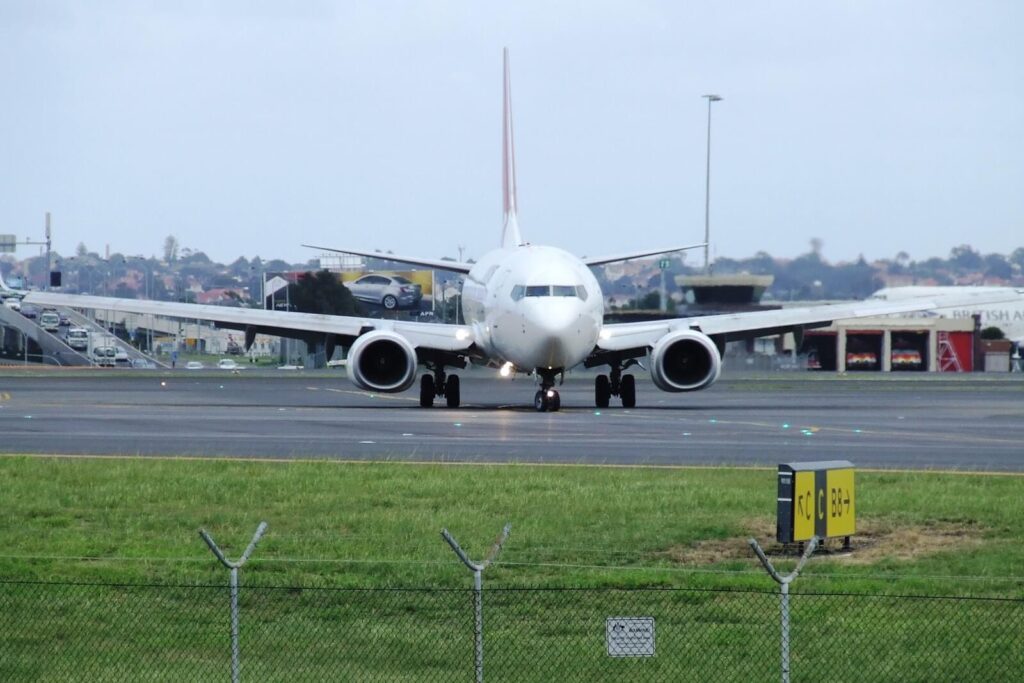On April 28, 2018, two Qantas Boeing 737s were involved in a near-miss incident in Perth airport, Australia. As it was about to begin its takeoff run, one of the aircraft came within 15 meters from the other that had failed to stop at a holding point. In its final report, the Australian Transport Safety Bureau (ATSB) said the captain’s “incorrect mental model” of the airport taxiways and the design of the taxiway itself contributed to what the authority qualified as a “serious incident.”
The first Qantas Boeing 737-800, registered as VH-XZM, was accelerating for takeoff from runway 06 of Perth Airport (PER) to carry out flight QF-582 to Sydney Airport (SYD).
In the meantime, another Qantas Boeing 737-800, registered as VH-VZL, was taxiing away from runway 03 after carrying out flight QF-567 from Sydney Airport. But as it was about to come across runway 06 through taxiway J2, the aircraft did not stop at the holding point.
A controller was informed of the trespassing through an automatic signal and ordered the flight crew to abort the takeoff run. The crew of VH-VZL became aware of their mistake and applied brakes right at the edge of the runway. “VH-VZL’s wingtip passed about 15 m from the nose of VH-XZM at low speed before stopping,” states the report.
The investigation carried out by the ATSB found that the captain was not expecting to cross runway 06 and thought the taxiway would take him directly to the apron. At the time of the incident, the captain was under increased workload due to his first officer’s low level of experience and ATC’s request to carry out a high speed descent as another aircraft was following them.
Another contributing factor was the location and design of taxiway J2 itself, which “significantly increased the risk of a runway incursion.” Although it was marked as a “hot spot” on charts, the reason why was not detailed, and Qantas did not require flight crews to discuss hot spots during their briefing.
Investigators found that due to the specific configuration of Airservices Australia’s integrated tower automation suite (INTAS), the workstation of the surface movement controller (SMC) did not receive the aural and visual alerts of the stop bar violation alert. Instead, the SMC said he heard the alert through the speaker on the aerodrome controller’s workstation.
The report praises the “high level of situational awareness” of both the captain and the aerodrome controller, who prevented a more serious incident by taking immediate action.
A series of proactive safety actions were taken following the incident. Qantas required its pilots to start assessing aerodrome hot spots during flight briefing. Perth Airport demolished taxiway J2 and the procedure to exit runway 03 was changed. Finally, Airservices Australia changed its INTAS configuration, preventing the inhibition of critical alerts.
